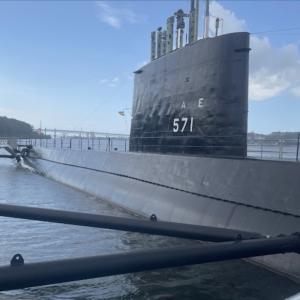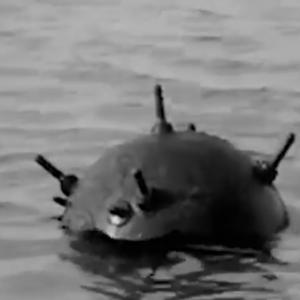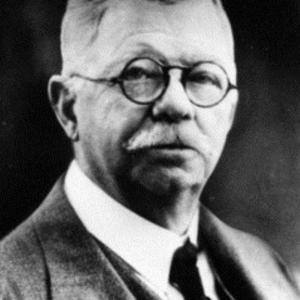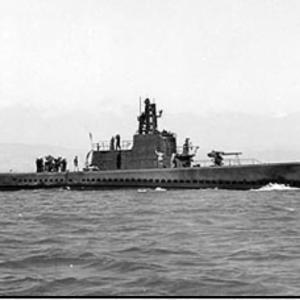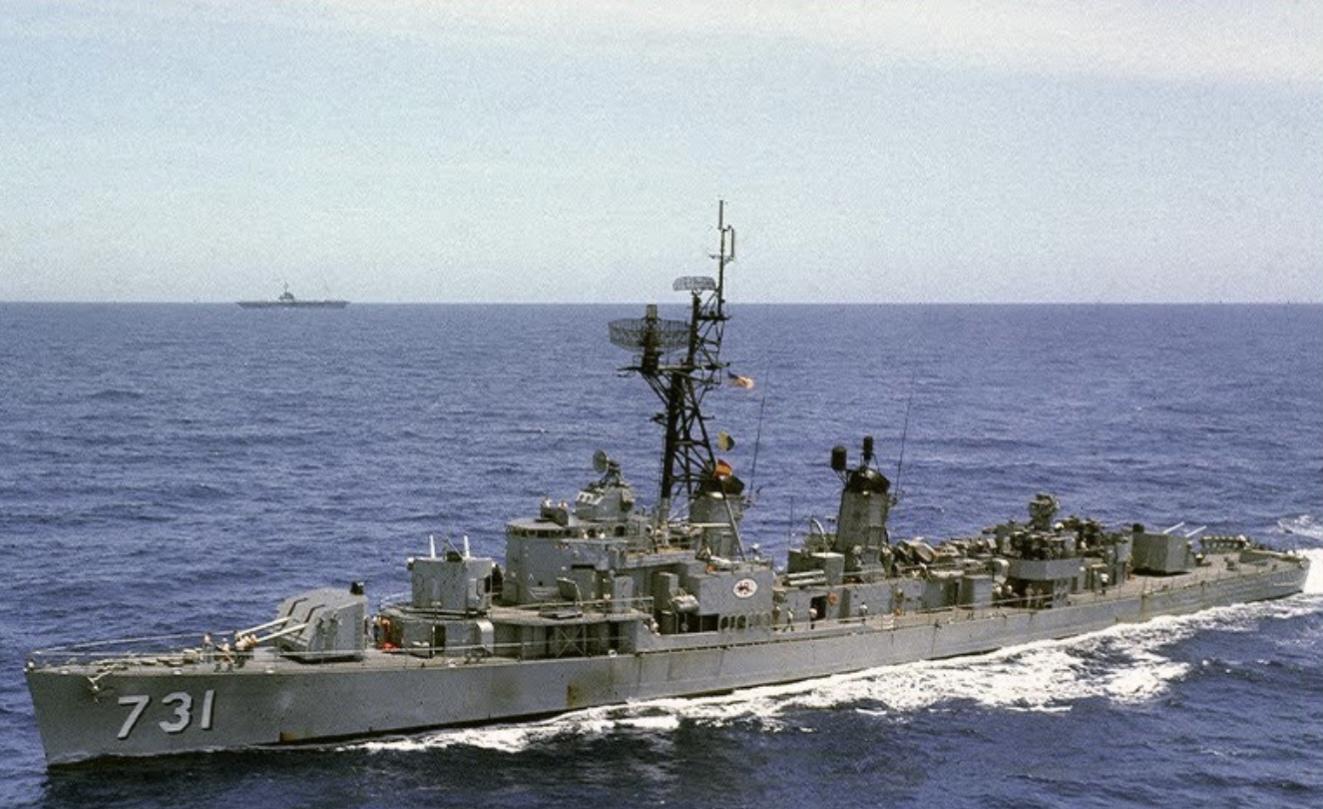
Gulf of Tonkin incident
The Gulf of Tonkin Incident, occurring in early August 1964, marked a pivotal moment in the United States' deepening involvement in the Vietnam War. The events that transpired in the waters off the coast of North Vietnam involved alleged attacks on U.S. naval vessels by North Vietnamese forces. These reports—controversial and later partly discredited—led directly to the Gulf of Tonkin Resolution, giving President Lyndon B. Johnson broad authority to escalate American military operations in Southeast Asia. The incident represents not only a critical escalation point in the war but also a significant episode in U.S. political and military history, raising enduring questions about intelligence, executive power, and war-making authority.
On August 2, 1964, the USS Maddox, a destroyer conducting a signals intelligence patrol as part of "Desoto patrols" in international waters, reported being approached by three North Vietnamese torpedo boats in the Gulf of Tonkin. A skirmish followed in which the Maddox fired warning shots, and the North Vietnamese boats returned fire. Backed by aircraft from the nearby USS Ticonderoga, the Maddox damaged the attacking vessels and sustained only minor damage.
Two days later, on August 4, the Maddox, now accompanied by the USS Turner Joy, reported a second attack in the same waters. This incident, however, remains highly disputed. Subsequent analyses, including internal NSA and Pentagon investigations, suggest that no second attack actually occurred. Radar and sonar reports were misinterpreted, and bad weather contributed to confusion. Nonetheless, U.S. officials treated the report as credible at the time.
President Johnson quickly responded to the reports by ordering retaliatory air strikes against North Vietnamese targets. More significantly, he sought congressional support to take further military action. On August 7, 1964, Congress passed the Gulf of Tonkin Resolution with near-unanimous support (only two Senators voted against it). The resolution authorized the President “to take all necessary measures to repel any armed attack against the forces of the United States and to prevent further aggression.” It effectively gave Johnson a blank check to escalate U.S. involvement in Vietnam without a formal declaration of war.
Following the resolution, the United States rapidly increased its military presence in Vietnam. By 1965, American ground troops were deployed in large numbers, and bombing campaigns such as Operation Rolling Thunder began. The Gulf of Tonkin Incident thus served as the catalyst for America's full-scale military intervention in Vietnam.
As the war dragged on and public opinion turned against it, the incident came under renewed scrutiny. The 1971 Pentagon Papers revealed that the Johnson administration had misled the public and Congress about the nature and certainty of the attacks. The incident became emblematic of the "credibility gap" between the government and the American people, fueling distrust in U.S. foreign policy.
The Gulf of Tonkin Incident was a turning point in the Vietnam War and a defining moment in U.S. history. It illustrates how ambiguous intelligence and political expediency can combine to produce far-reaching consequences. The episode also sparked enduring debates about executive power, transparency, and the process by which the United States enters into military conflicts. The lessons of the Gulf of Tonkin continue to resonate in discussions of U.S. foreign policy and military engagement around the world.

